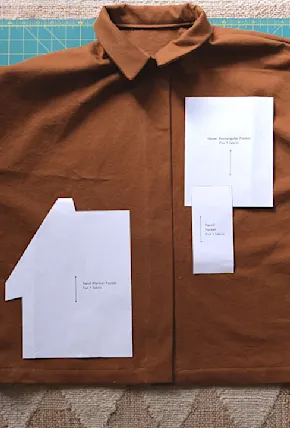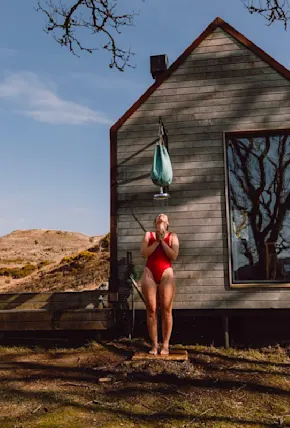Adam Kingman is an industrial designer based in Lake Tahoe, CA. He brings radlers on bike rides and takes sunset swims instead of showers. Follow Adam on Instagram.
There are so many options when it comes to covering our germy pie-holes in these uncertain times, so there's really no excuse not to. We love a good DIY project, but if you prefer to leave it to the pros, check out our favorite face masks by trusted outdoor brands.
I always keep a few loose materials on my desk. Miscellaneous items to tinker with as I take calls or sort through emails. The current quiver is a lego skateboard, some shock cord, and a sample of my friend's colorful old climbing rope. I love playing with rope.
I'll admit, I didn't wear a mask for a long time. At the start of the pandemic, I didn't really leave the house. And if I did, I stuck to nearby bike trails. Hiding out in Tahoe allowed for that. And I simply didn't have a mask I enjoyed wearing. But with the state of the world now, I began to feel the weight of my neglect and have since corrected course. Because we should all wear masks. Yes, even you.
As a designer by nature, I began playing with paper masks. I like to use what I have instead of buying materials, so I grafted some material from a shirt sleeve and added rope I had been fiddling with all summer. And voila, a DIY face mask made with household materials.
Read on for the full step-by-step on how to make a DIY face mask at home. Even if you think you can't sew, you can do this. Just remember to have fun—wearing a mask is serious, but making one should be anything but.

























